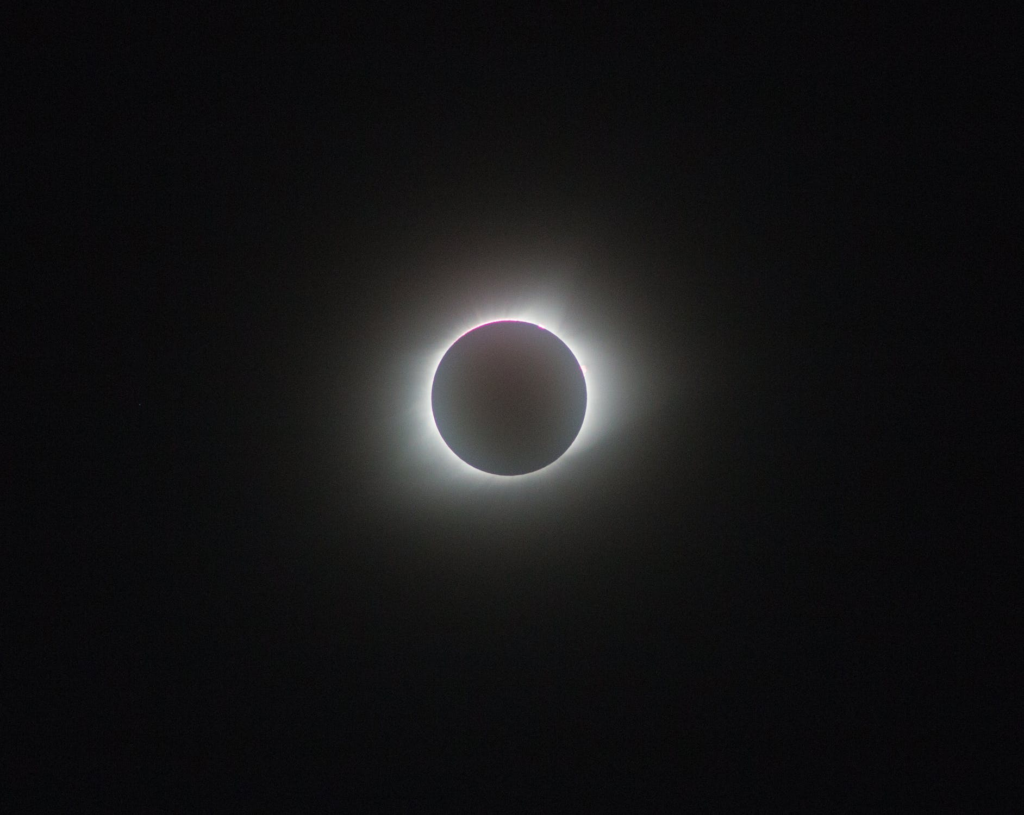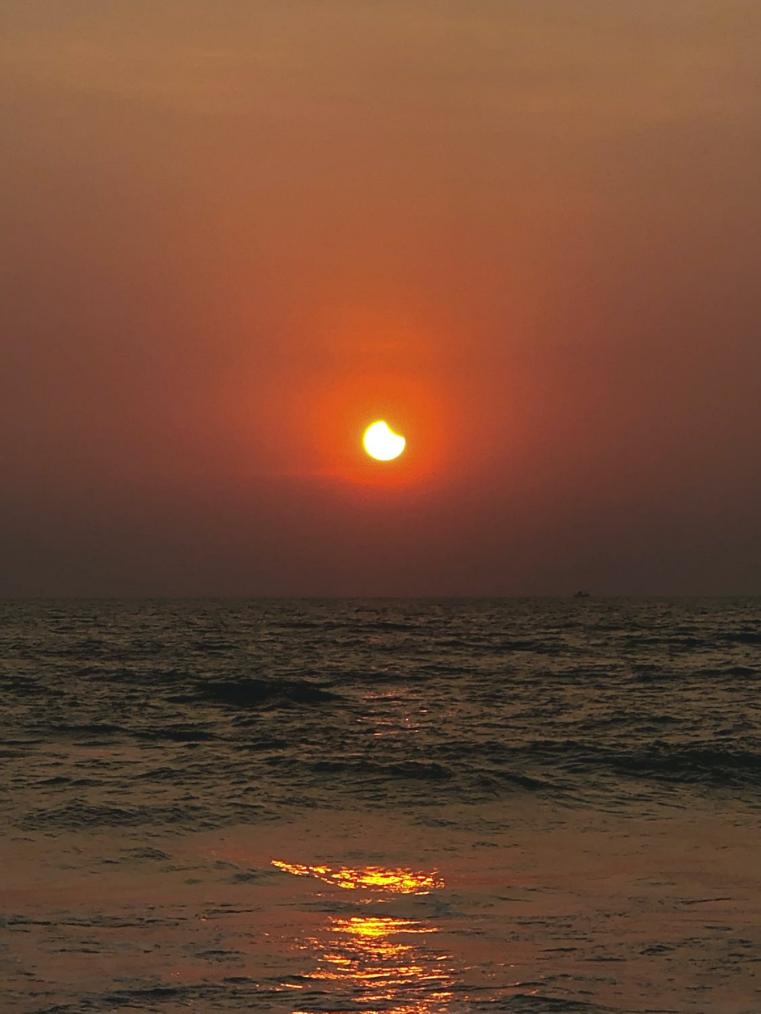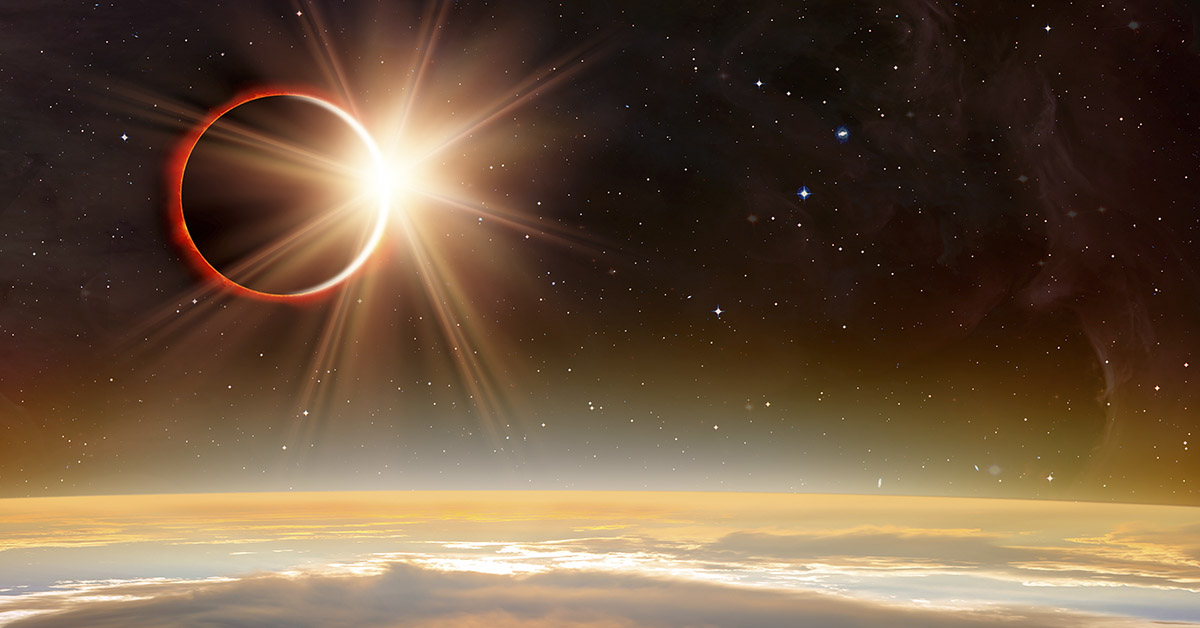For centuries, humanity has been mesmerized by the night sky. There is so much to behold when gazing up at the stars. From the many moon phases, we gain perspective on how the Earth spins around the sun. Lunar and solar eclipses might very well be one of the most fascinating things. There will be a few to enjoy this year, and we have listed their dates so that you are prepared ahead of time. That way, you can ensure you are situated at the ideal location to catch a glimpse of the wondrous miracle.

1. April 19th – 20th will see an Eclipse of the Sun
On the 19th and 20th of April this year, we will be privileged to witness an annular, total Eclipse of the sun. The umbra, or the dark shadow cone of the Moon, will create an annular eclipse, which means a ring shape. This will occur for the first minute of the lunar event. What has been described as a “ring of fire” will surround the moon as it moves in front of the sun (from Earth’s perspective).
For those in the Cape Range National Park region, they will get to see the sun totally eclipsed for 63 seconds. The partial eclipse will begin on April 19th at 9:34 p.m. and the central eclipse at 10:37 p.m. Then, on the 20th of April, the greatest eclipse will occur at 12:16 a.m. and end at 1:56 a.m.

2. May 5th Lunar And Solar Eclipses (Penumbral Eclipse)
The Earth’s shadow is called the penumbra. So, a penumbral eclipse of the moon is when the Moon passes through the outer edge of the Earth’s shadow. Unfortunately, people in America will not be able to witness the eclipse. But, those in Madagascar, the Eastern section of Africa, central and eastern Asia, Indonesia, Australia, and southern New Zealand will be able to see the eclipse.
According to Eastern Time, it will start at 11:14 a.m. when the moon enters the penumbra. Then, it will leave penumbra at 3:31 p.m. It will last a total of four hours and 18 minutes.
3. October 14th Annular Eclipse of the Sun
The next Lunar and Solar Eclipse are in April 2024. We are expecting the “Great North American Total Eclipse.” However, this year in October, we will get a taste of what is to come with the predicted annular eclipse of the sun. It is a generous eclipse, allowing most of North and South America to witness its glory.
For those moon gazers interested in the annular eclipse of the sun, the partial eclipse will start at 10:03 a.m. Then the actual annular eclipse will begin at 12:09 p.m. It will be at its greatest point at 1:59 p.m, coming to an end at 4:55 p.m. The eclipse will be visible for a total of five minutes and 17.2 seconds.
4. October 28 Lunar And Solar Eclipses
A partial eclipse of the moon occurs when the Earth partially blocks the sunlight that normally illuminates the moon. This happens when the Earth passes between the sun and the moon. The one that will occur on October 28th will resemble the one from May 5th. The eastern hemisphere seems to be the lucky ones when it comes to witnessing this eclipse. However, as the Earth spins, Canada will be able to see the last glimpses of it.
As per Eastern time, the moon will enter into penumbra at 2:01 p.m. Then, at 3:35 p.m., the moon will slip into the umbra. The peak of the eclipse will happen at 4:15 p.m., and it will come to an end at 6:26 p.m.

Keep Reading: The Coming Solar Eclipse Will Be The Last Visible Solar Eclipse Until 2045
Sources
- “Lunar And Solar Eclipses 2023 – Dates, Folklore, And Facts.” Farmers Almanac.
- “Lunar eclipses 2023: When, where & how to see them.” Space. Daisy Dobrijevic. April 2023.

